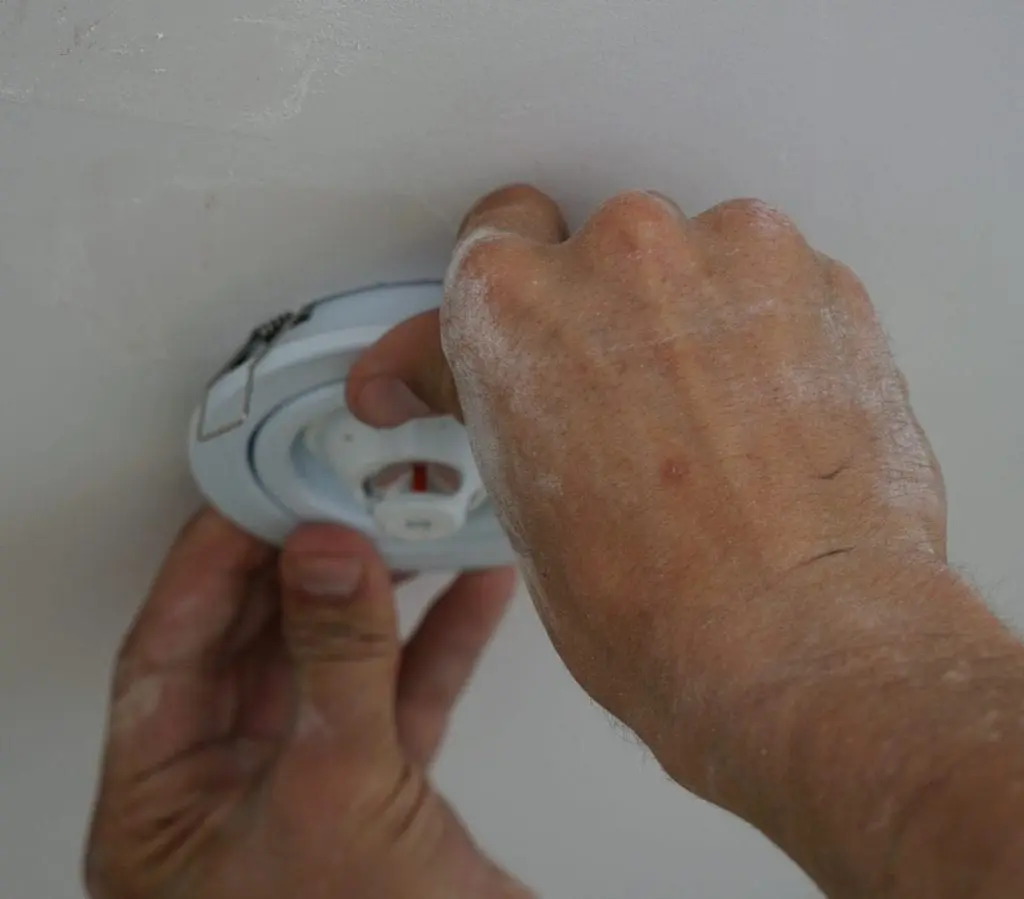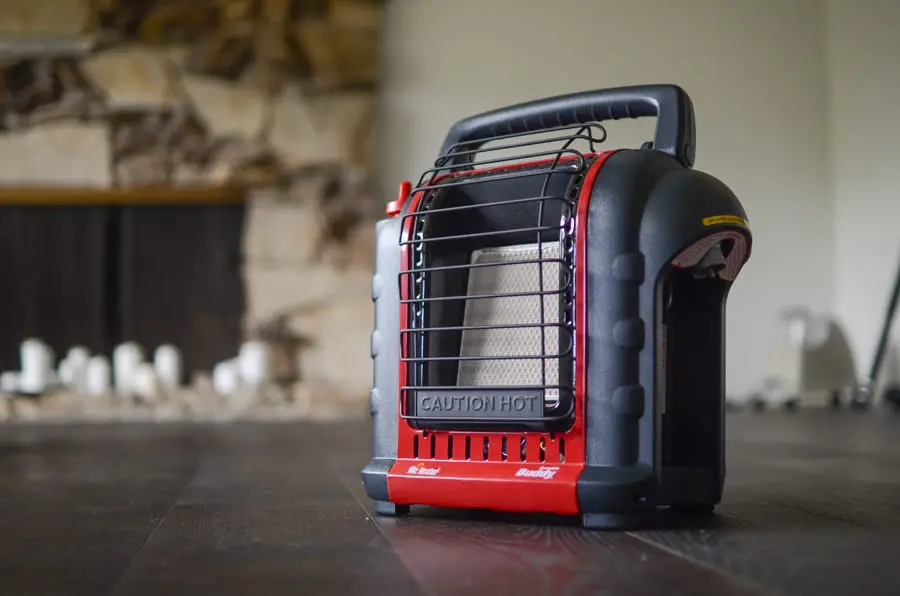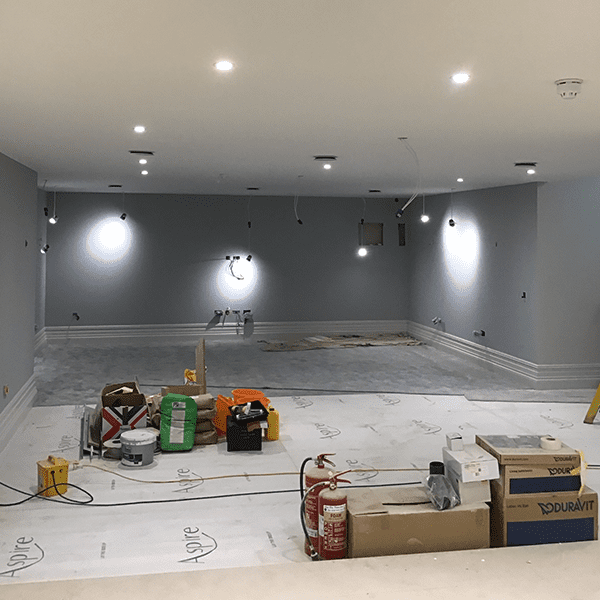iMist & Cover Plates
At iMist, we constantly get asked why we don’t have a ‘concealed’ or ‘flush’ type nozzle, as hiding the nozzle behind a white cover plate on a white ceiling is by far the most aesthetically pleasing option.
When iMist entered the domestic and residential fire suppression marketplace, the pros and cons of developing a concealed/flush plate-type nozzle were considered in detail but the idea was ultimately rejected. The fact that iMist do not have a concealed or flush plate nozzle has resulted in numerous (and in some cases very large) projects being lost to competitors who use heads which are concealed above a cover plate.
We would like to explain to our existing and potential customers why – from the fire suppression point of view – we had to consider other more important factors than aesthetics. iMist do not use concealed/flush plate nozzles for 4 very important reasons:
- BS 8458: 2015 section 3.29.1 clarifies that the watermist nozzle must be operated by an integral quick response thermal release element (the bulb). If we positioned our quick response bulb above a cover plate, then its classification would change from quick to ‘unrated’.
- BS 8458: 2015 section 8.1 clarifies that when the service visit is being carried out, each watermist nozzle must be checked to ensure its heat sensing capacity and spray pattern is not impeded. If the nozzles were positioned above cover plates this could only be done by physically removing every single cover plate to expose the nozzles hidden above. As the iMist nozzle/bulb is positioned exposed below ceiling level a simple visual check can be undertaken.

- Fire suppression systems are most effective when they intervene in the early stages of a fire. A bulb will only open when it is exposed to a pre-determined temperature – so any delay in reaching this temperature is critical. If the bulb is hidden in a chamber above a cover plate, then it is to an extent shielded from the hot air stream below the ceiling level – this will delay system activation. The bulb in the iMist nozzle is intentionally positioned below the ceiling level so it is directly exposed to the hot air stream to minimise any delay in activation.
- Unfortunately, cover plates can get fixed in place. This can be because end users or their contractors (without realising the implication) fill the 2mm gap with sealant or paint. If this happens the cover plate is from that point locked in place and it is impossible for it to drop away at the pre-determined design temperature. As a result of this, the bulb will not be exposed to the heat from the fire and if the bulb is not exposed to the heat it will not burst to begin system activation.
Points 1, 2 and 3 are important but point 4 was the deciding factor as regardless of the negative aesthetic and commercial implications – iMist took the stance that we are not willing to develop and install a concealed/flush type nozzle with a cover plate that could be fixed in position and ultimately stop the system from operating.












